The 5 worst houseplants for beginners – experts reveal the difficult plants to avoid, plus easy alternatives to choose instead
Caring for these houseplants successfully requires a lot of of TLC

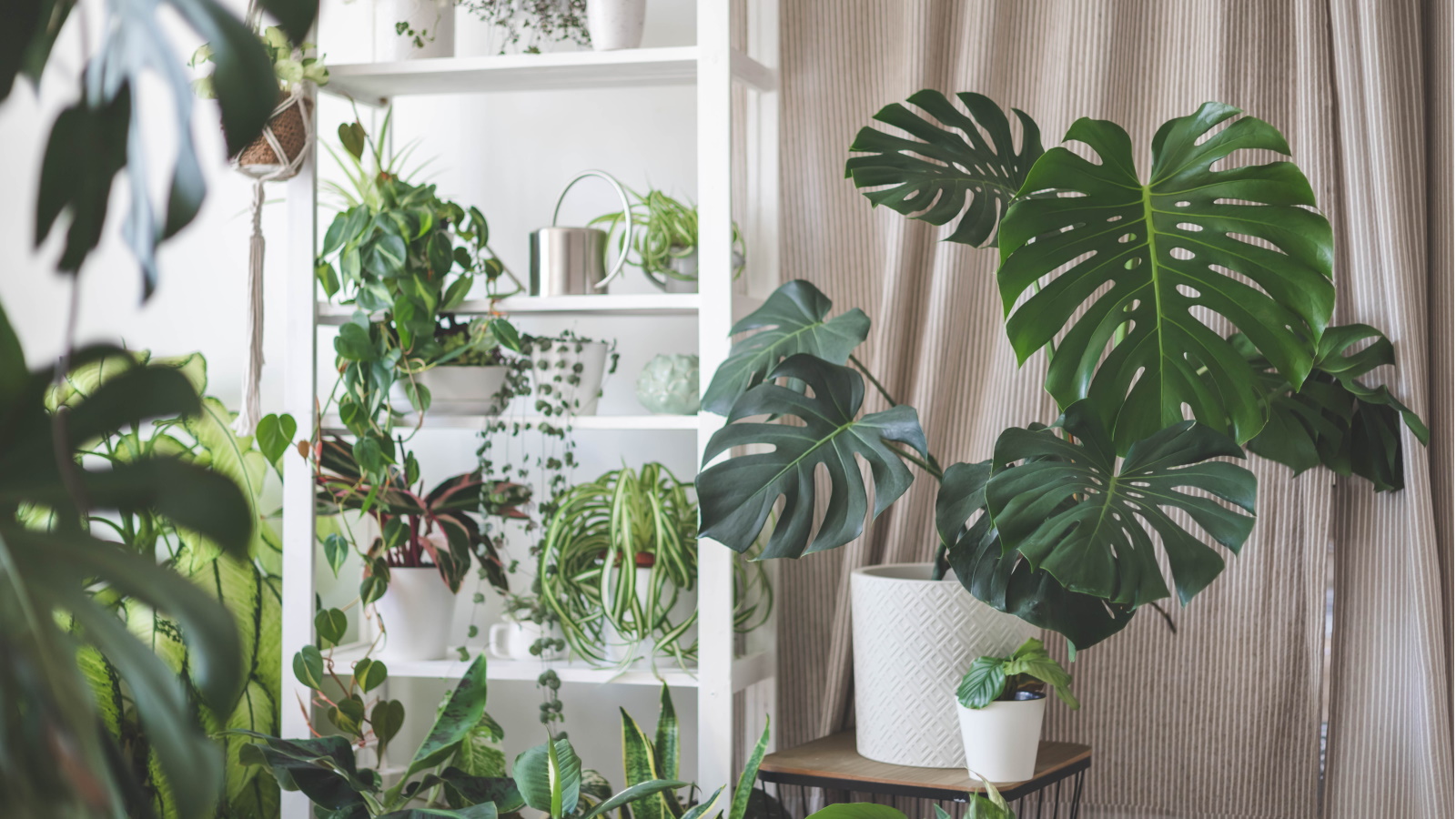
Those closest to me know that my love for houseplants has grown exponentially in the past few years, and it's a hobby that has led me to purchase a wide range of different plants. Some I have had more luck with than others, which is why I now have a definitive list of the worst houseplants for beginners.
Many of the best indoor plants are easy to care for, but others are much more difficult. In fact, I know houseplant pros who continue to struggle with these hard houseplants to keep alive and don't often recommend them to novice indoor gardeners.
There are a few reasons why they're best avoided as a beginner. In some cases, it's because they require very specific, hard-to-sustain growing environments, and in other cases, it's because they tend to be short-lived, not ideal for those just starting their collection.
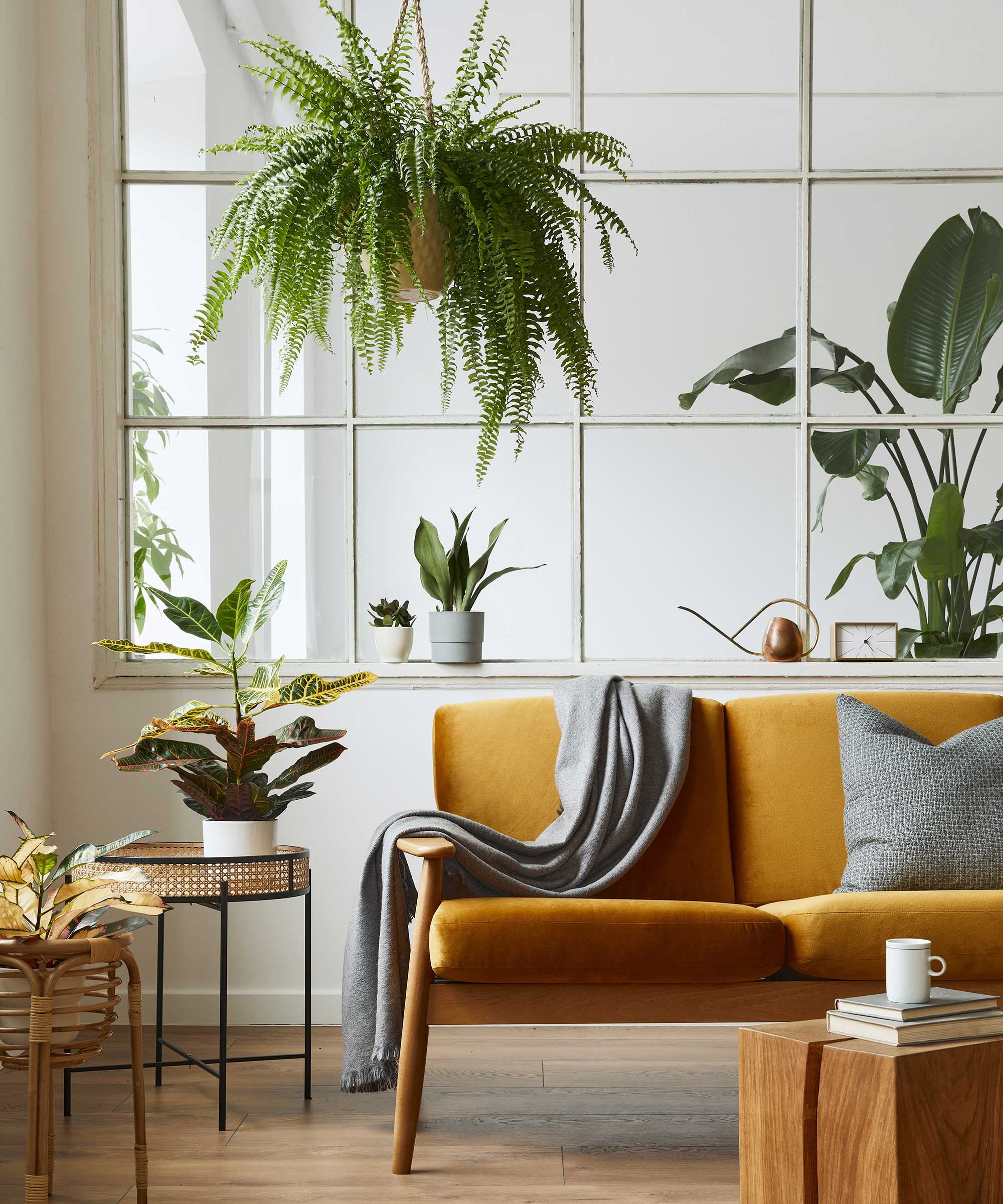
5 houseplants beginners should avoid
Before diving into my list of the worst houseplants for beginners, it's worth noting that you absolutely can take on the challenge of caring for these plants. Making common indoor plant mistakes is just part of the learning process and how you become a better plant parent in the long-term.
However, if you're just starting out and don't feel the most confident with houseplant care, I would avoid choosing these five plants:
1. Maidenhair fern
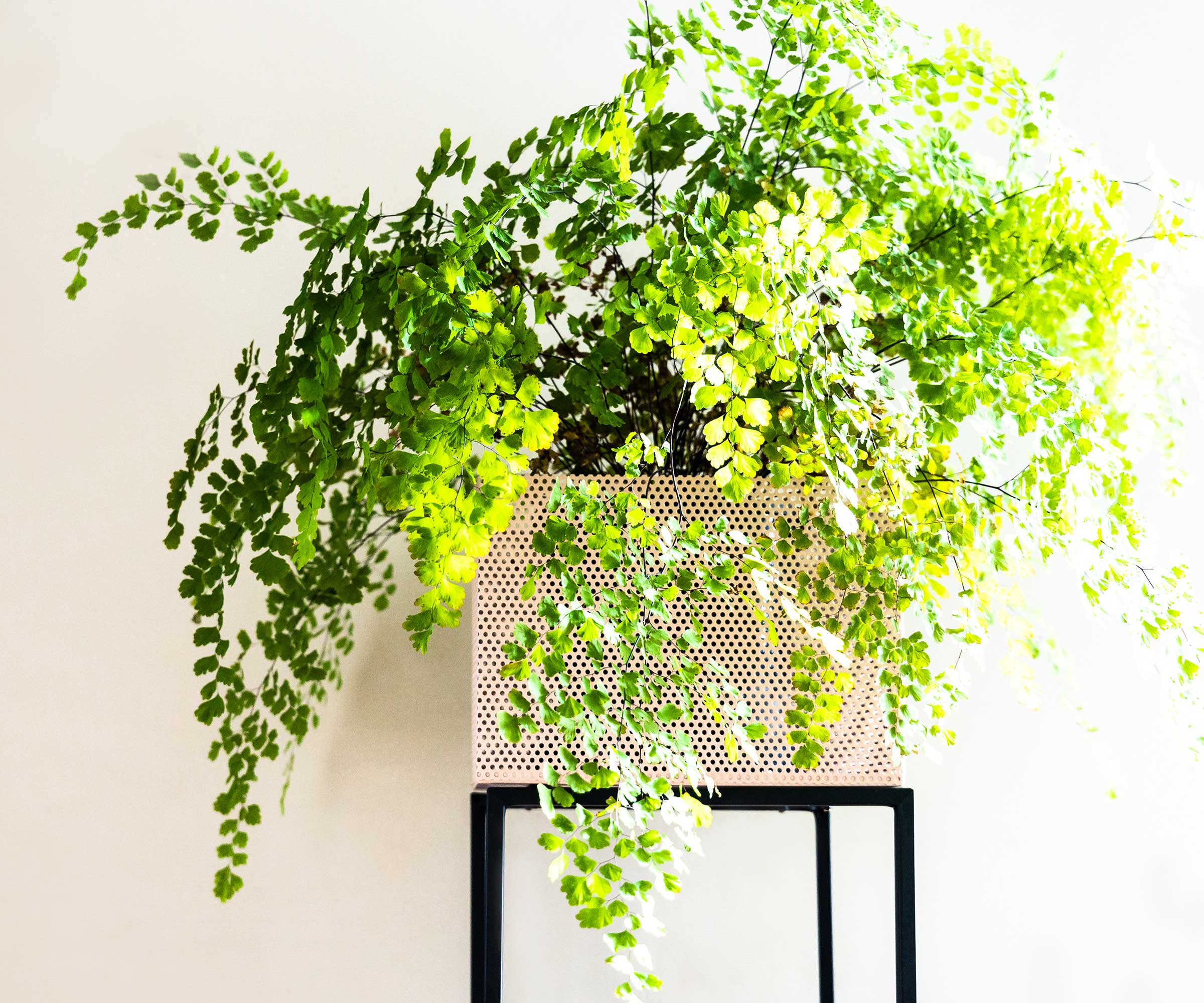
There's no denying that the maidenhair fern is one of the best indoor ferns you can grow. It has soft fronds that elegantly spill over the sides of its container.
But, this is also one of the thirstiest houseplants, and not keeping on top of their watering can quickly lead to their demise.
Design expertise in your inbox – from inspiring decorating ideas and beautiful celebrity homes to practical gardening advice and shopping round-ups.
Maidenhair ferns require consistent moisture levels at all times. Sitting in dry soil for even a short period can lead to fronds crisping up, which are then unlikely to recover.
If this happens, however, not all hope is lost. When I've experienced a dry maidenhair fern, I've simply used essential pruning tools (like these pruning shears from Amazon) to cut the plant right back, before watching it grow back even better.
Nevertheless, an easier fern to grow is an asparagus fern (from The Sill) - it has even fluffier-looking foliage. My asparagus fern has quadrupled in size over the last few years and tolerates short periods of drought just fine.
Something to keep in mind, though, is that the asparagus fern will turn yellow if left dry for too long, and they need to be repotted every couple of years as they grow bigger.
2. Moth orchid

It's no surprise moth orchid is on the list of worst houseplants for beginners, as these tropical indoor plants are notorious for being particular in the care they require.
Lots of people struggle to care for orchids correctly because orchids drop flowers and orchid stems turn yellow quickly if something is wrong in their growing environment.
The biggest mistake indoor gardeners make is watering orchids incorrectly. I know this first-hand, as I was previously never able to keep orchids alive due to overwatering them.
However, this changed when I learnt one rule: only water orchids when their roots appear silver, not green.
Nevertheless, orchids require high-humidity environments, careful moisture management, and you need to keep on top of pruning orchids to keep them blooming.
For this reason, I suggest beginners grow a more low-maintenance indoor flowering plant, like this anthurium from The Sill.
3. Miniature roses
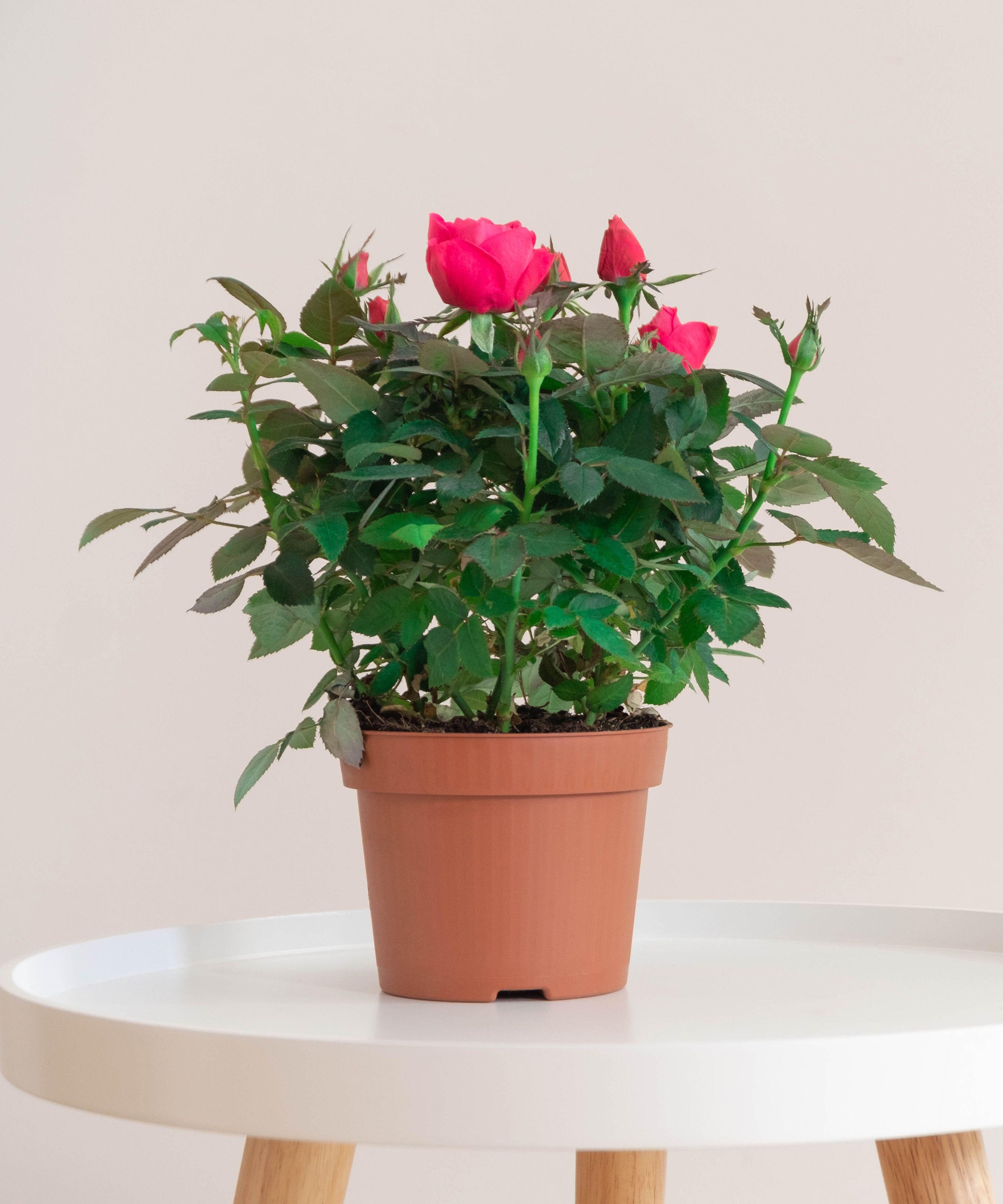
Miniature indoor roses are a plant you might be tempted to pick up at the supermarket. However, just like outdoor rose care, these perennials you can grow as houseplants can be tricky to keep alive if you don't do a few specific things.
This includes pruning roses at the right time and using the right method to encourage returning growth.
Likewise, they're considered heavy feeders and roses will do best when fertilized, but there are quite a few fertilizing mistakes to avoid.
Instead, opt for something like a kalanchoe (from Walmart). These indoor plants that flower all year round boast clusters of blooms reminiscent of roses.
As succulents, kalanchoes are much more low-maintenance than indoor rose plants, only needing watering when their soil has dried out completely.
4. Alocasia zebrina
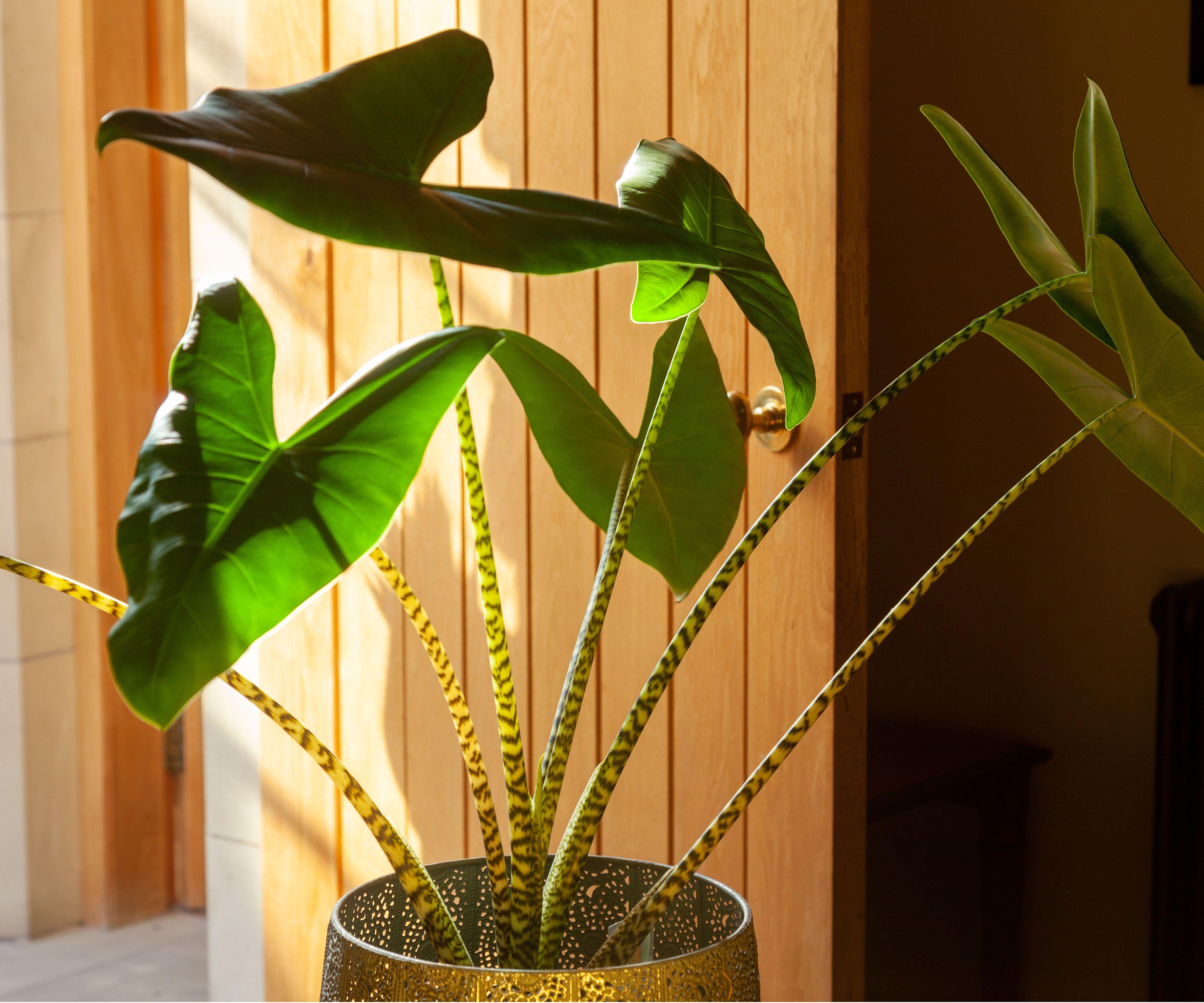
You might be attracted to an alocasia if you like large, statement foliage. However, one of the most popular types - Alocasia zebrina, with unique zebra print stems - can be particular fussy to care for.
When it comes to caring for alocasia, you need to get the growing environment just right. For example, Alocasia zebrina is sensitive to direct sun, which could cause leaf scorch. On the other hand, too little light can cause an alocasia to drop leaves.
Not only this, but alocasia is also prone to common houseplant pests. Spider mites, mealybugs, and scale insects can lead to the downfall of an alocasia.
For an easier statement houseplant, try a Monstera deliciosa (from The Sill). This is my largest houseplant and one of the most low-maintenance to care for. Monsteras can cope with some drought, will grow well without fertilizer, and provide instant impact in interiors.
5. Pin-stripe calathea
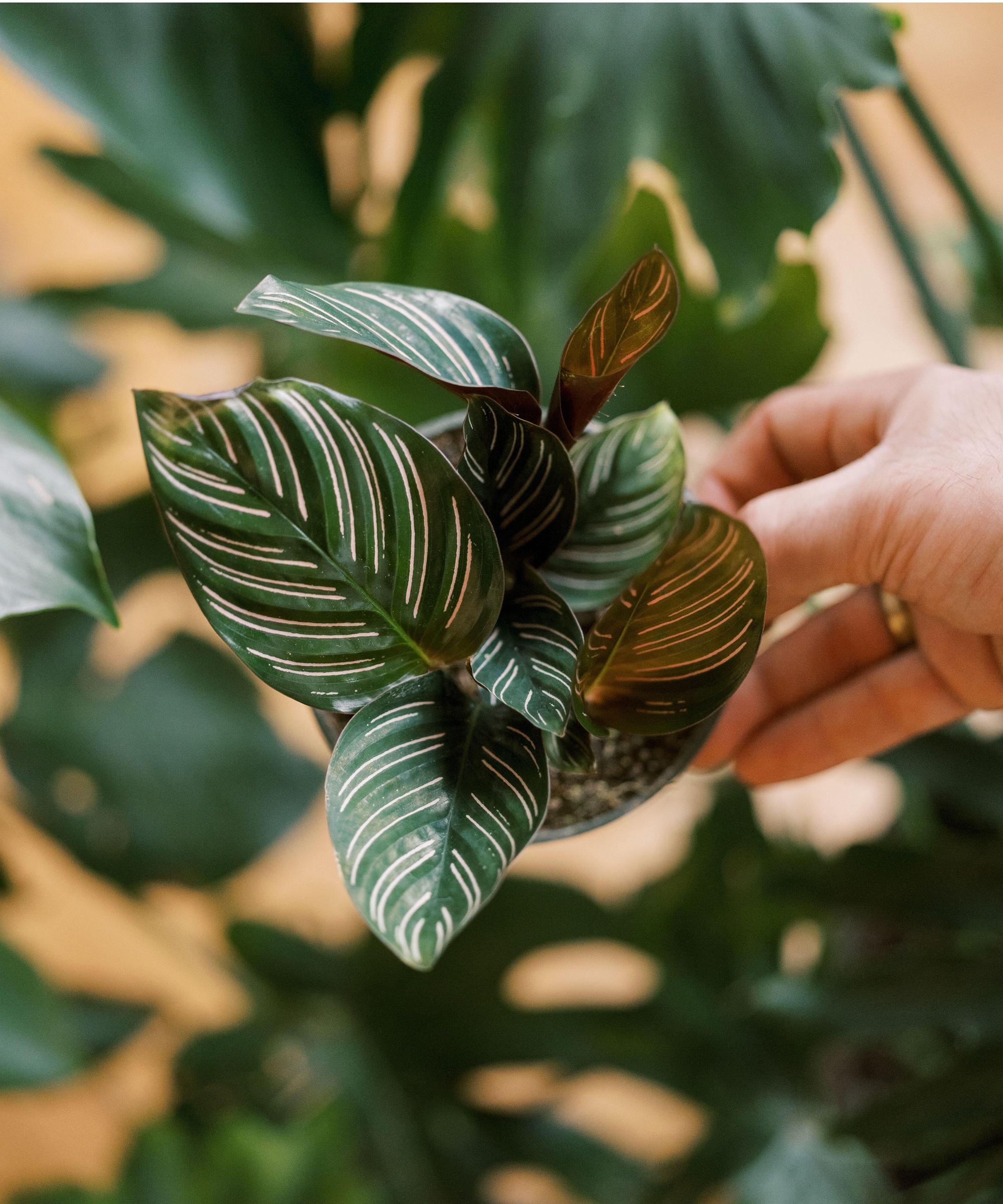
This is the one houseplant I regret buying. A pin-stripe calathea is the hardest houseplant I have tried to grow. In fact, I failed at growing it a couple of times because of its tricky nature.
There are a few calathea mistakes to avoid with any type of these beautiful plants, but I find pin-stripe calathea is one of the most particular about its needs.
Unless you're able to create and maintain an optimal environment - including bright light out of direct sun, consistent moisture levels, and higher humidity - it's highly likely you will watch pin-stripe calathea leaves curl up.
Not only this, but it's very hard to revive a pin-stripe calathea once it starts to decline.
That's why I recommend a tradescantia (from Walmart) instead. These fast-growing indoor plants have vibrant pink foliage and can bounce back quickly from any issues.
FAQs
What is the best houseplant for a beginner?
Some of the best houseplants for beginners include spider plants, succulents, and pothos. These are all easy indoor plants that only need minimal attention and can recover quickly from any problems they encounter. Plus, they're easy to multiply for those starting to experiment with propagating houseplants.
When choosing the right houseplant for you, it isn't just about considering what kind of care they need. You may also be wanting to invest in houseplants that will thrive in your home for years to come. Luckily, there are plenty of long-living houseplants guaranteed to survive for many years to come. At the same time, there are some houseplants not worth buying.

Tenielle is a Gardens Content Editor at Homes & Gardens. She holds a qualification in MA Magazine Journalism and has over six years of journalistic experience. Before coming to Homes & Gardens, Tenielle was in the editorial department at the Royal Horticultural Society and worked on The Garden magazine. As our in-house houseplant expert, Tenielle writes on a range of solutions to houseplant problems, as well as other 'how to' guides, inspiring garden projects, and the latest gardening news. When she isn't writing, Tenielle can be found propagating her ever-growing collection of indoor plants, helping others overcome common houseplant pests and diseases, volunteering at a local gardening club, and attending gardening workshops, like a composting masterclass.